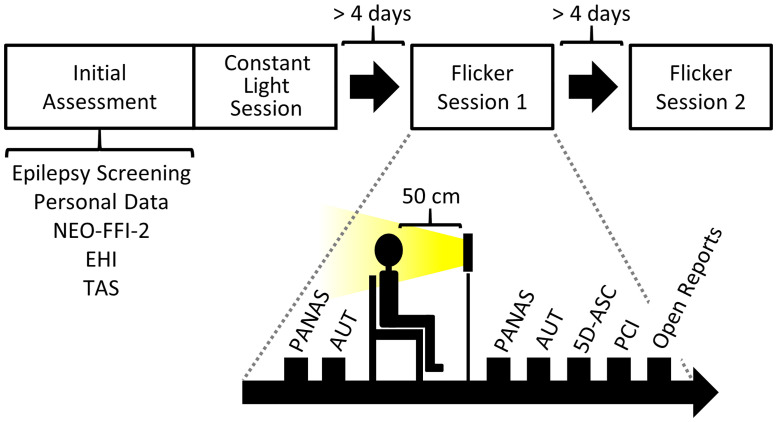Fig 1. Study design and experimental procedure.
The initial assessment included an EEG-based screening for photosensitive epilepsy as well as a psychometric assessment with a personal data inventory, the NEO-FFI-2 personality trait questionnaire [22], the Edinburgh Handedness Inventory [21], and the Tellegen Absorption Scale [19]. The first experimental session [Constant Light Session], in which participants were exposed to constant light for 20 min was conducted immediately after the initial assessment. The subsequent two experimental sessions involved 20 min of exposure to flicker light with frequencies of either 3 Hz or 10 Hz (randomized order). During the light exposure, participants were asked to estimate the time elapsed since the beginning of the exposure either after 12, 14, or 16 min (randomized order over all three sessions within every participant). All sessions consisted of an assessment of mood changes (pre to post) with the Positive and Negative Affect Schedule [23] and divergent thinking with the Alternative Uses Task [24]. Additionally, participants retrospectively rated the subjective effects of the light exposure on the Altered States of Consciousness (ASC) Rating Scale [5D-ASC] [25] and the Phenomenology of Consciousness Inventory [26] and were also asked to describe their experiences in open reports. Experimental sessions [Flicker Session 1 and 2] were conducted with at least four days in between.

